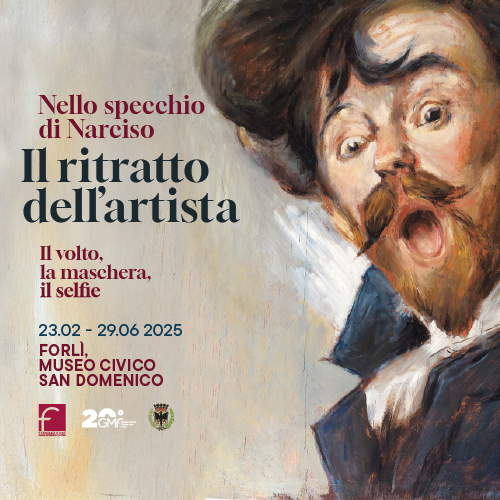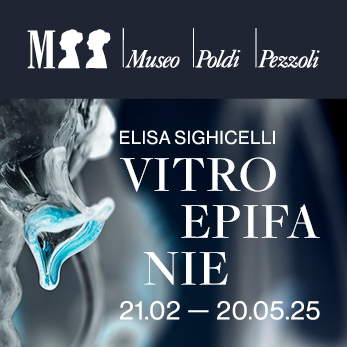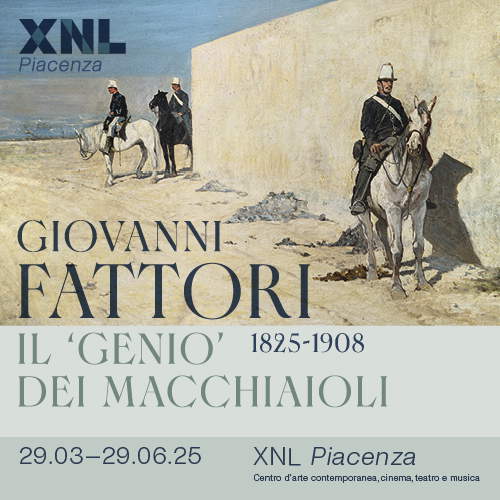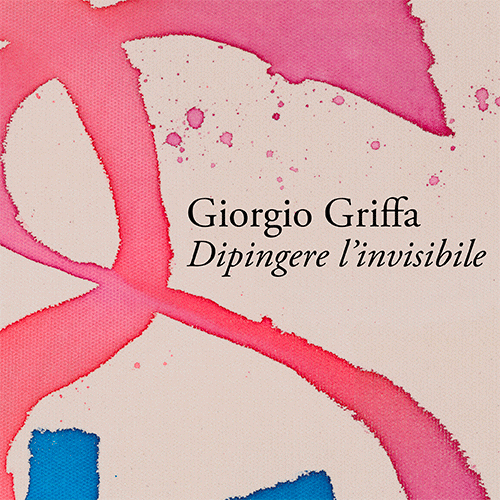
The "small world" of Brisighella, in inland Romagna.
Brisighella, a splendid, well-preserved village in inland Romagna, tells of an area that still resists the ravages of time, the disasters of history, everything. A journey through its hidden wonders.
By Anna de Fazio Siciliano | 02/04/2025 17:31
Territories, some territories, also resist. To the outrages of time, to earthquakes and floods, to the disasters of History. They resist abandonment, they do not yield to the Siren song that whispers of other speeds, other places and escapes. Staying, remaining steadfast in such a resilient, "vigorous," sometimes seemingly unfashionable territory may seem easy but it is not always so; so much so that even telling about it to make it known "from the inside" is also a courageous bet because the focus is on enhancing the hinterland and not on the well-known Riviera. A risk that can be taken as long as the territory is made known in all its facets. That is, combining historical events with the expression of its arts and flavors, always keeping up with "lost memories" and nevertheless "listening to the pitfalls" with which nature has tried to change it.
And here, in this "contrada" of resistance that is inland and hilly Romagna, each element is intertwined with the other, territorial facts echo great History (such as the arbitrary displacement of the Rubicon by Mussolini in 1932), the past winks at the future by continually expressing a beauty that is own (and that even Giovanni Pascoli sang about in his Myricae), a goodness of the landscape that makes the eye sweep into the "azure vision of San Marino" and toward its timeless parish churches , or that sometimes declines into specific and innovative uses, into traditions that remain courageous (such as those of the luthier of Calbano, the dimple makers of Sogliano or the historic vineyards). Even here, in this stretch of Romagna crossed by the Lamone (Pliny the Elder's ancient Anemo) and encompassing the Chalk Vein Regional Park, where one encounters the Tanaccia, one of the most beautiful caves, here, where unfortunately more and more often nearby rivers overflow doing irreparable damage, even here there is a territory to listen to, perhaps with the attention that was Tonino Guerra 's own, who was born in this part of the world (in Santarcangelo di Romagna), in one of those "small worlds [where] there is so much beauty that is dying," where small rural realities have been forever illuminated by his enchanted poetry. One of these small worlds is Brisighella, some distance from the places of the two poets.
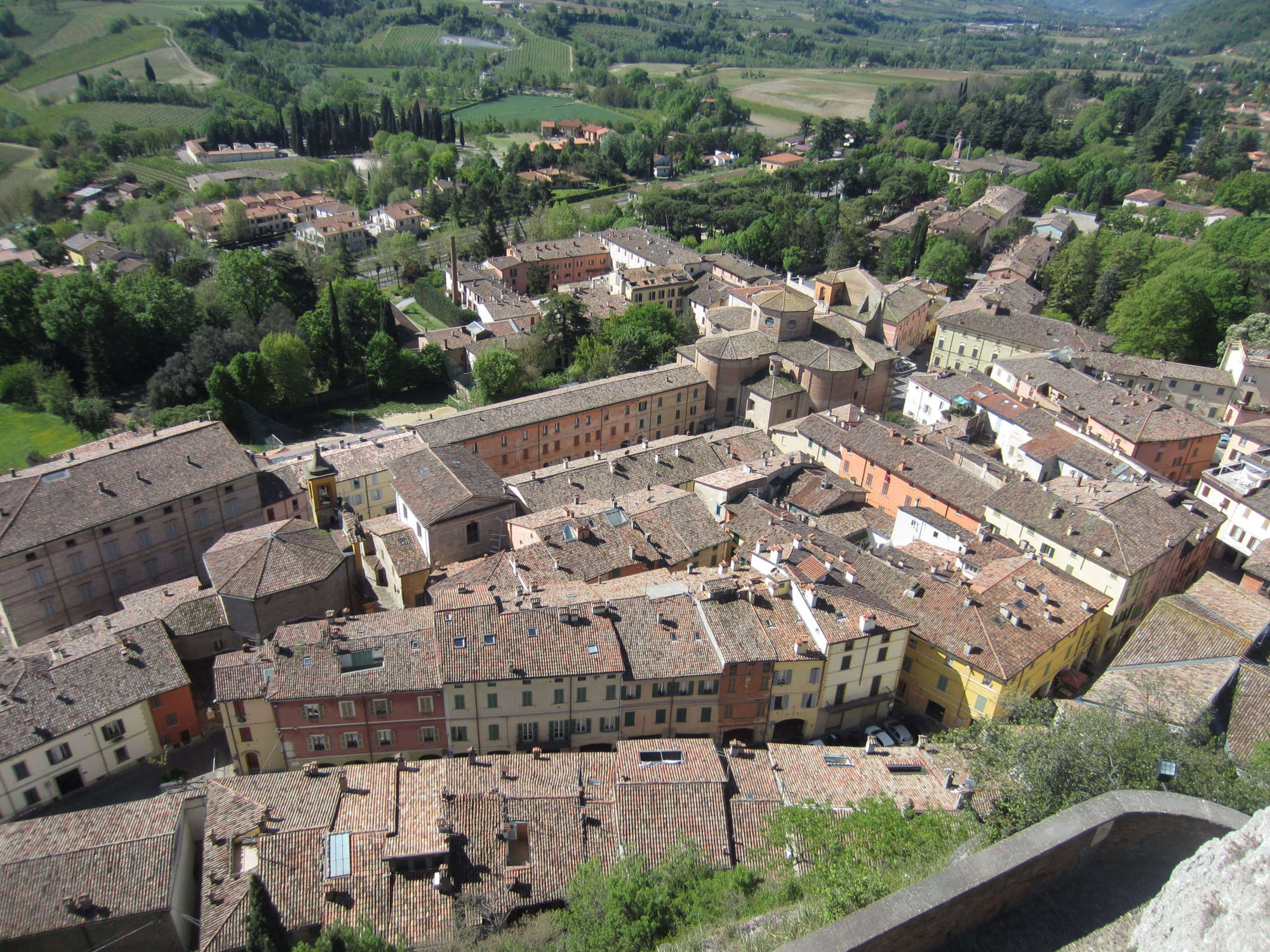
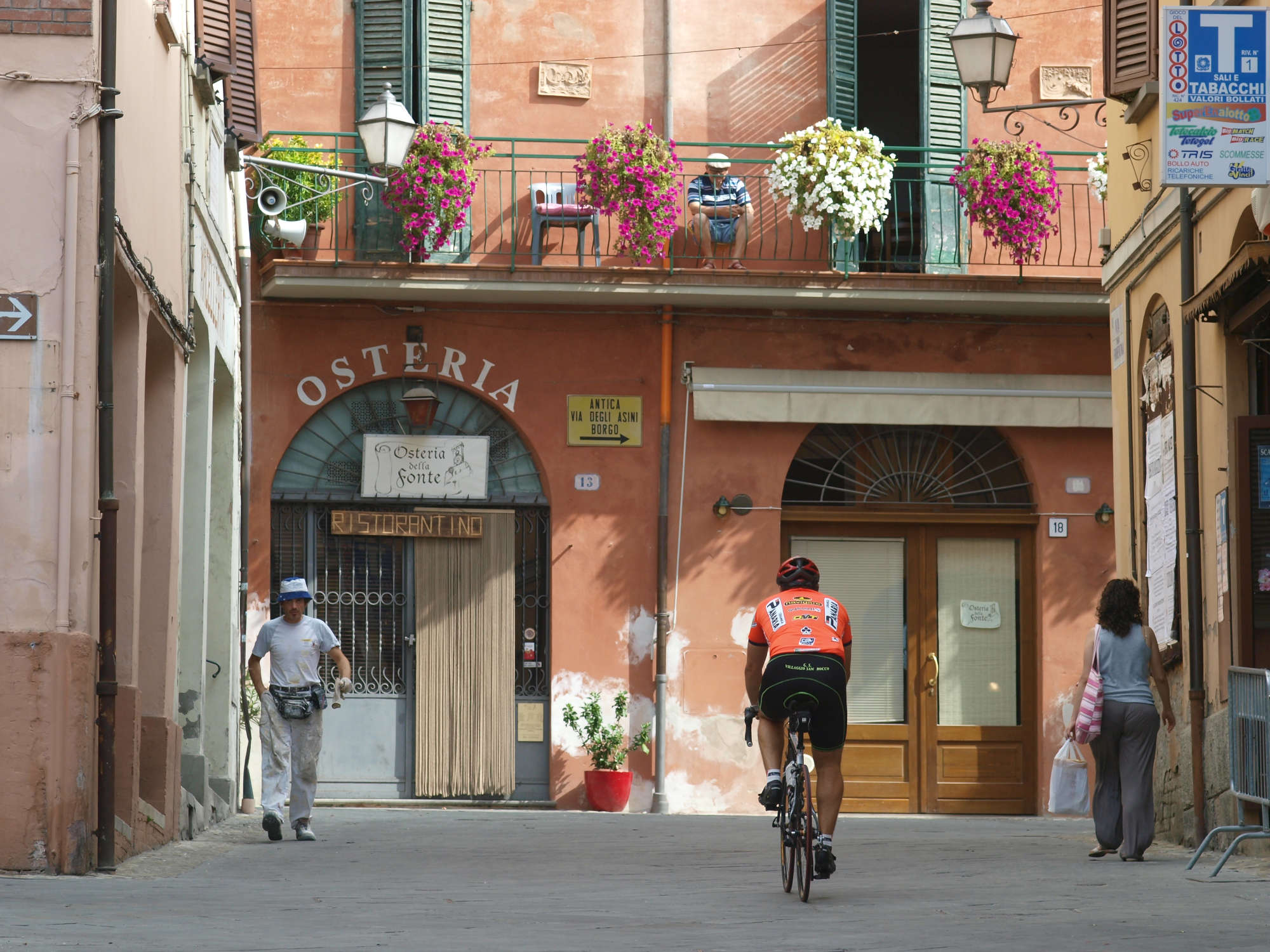
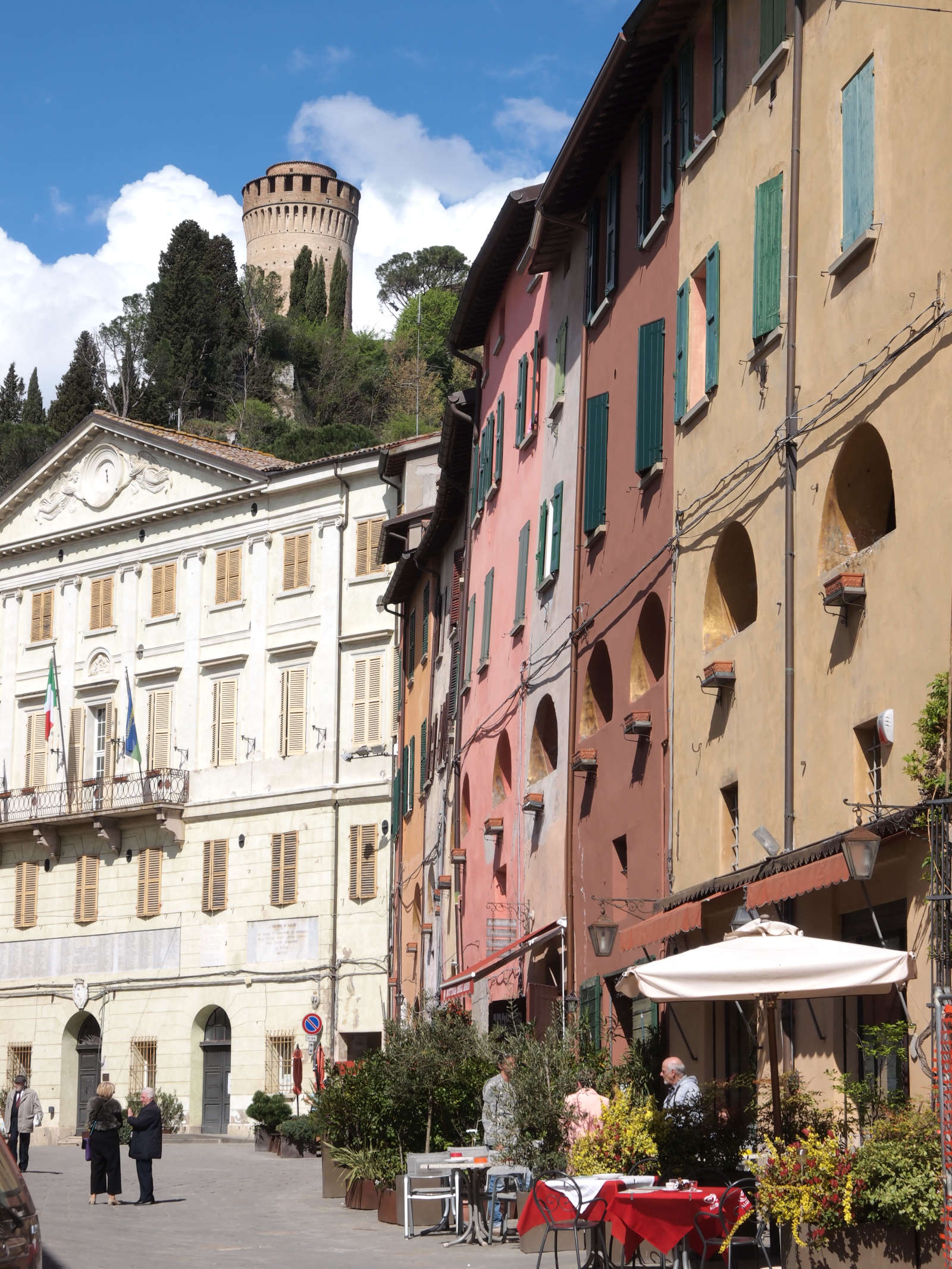
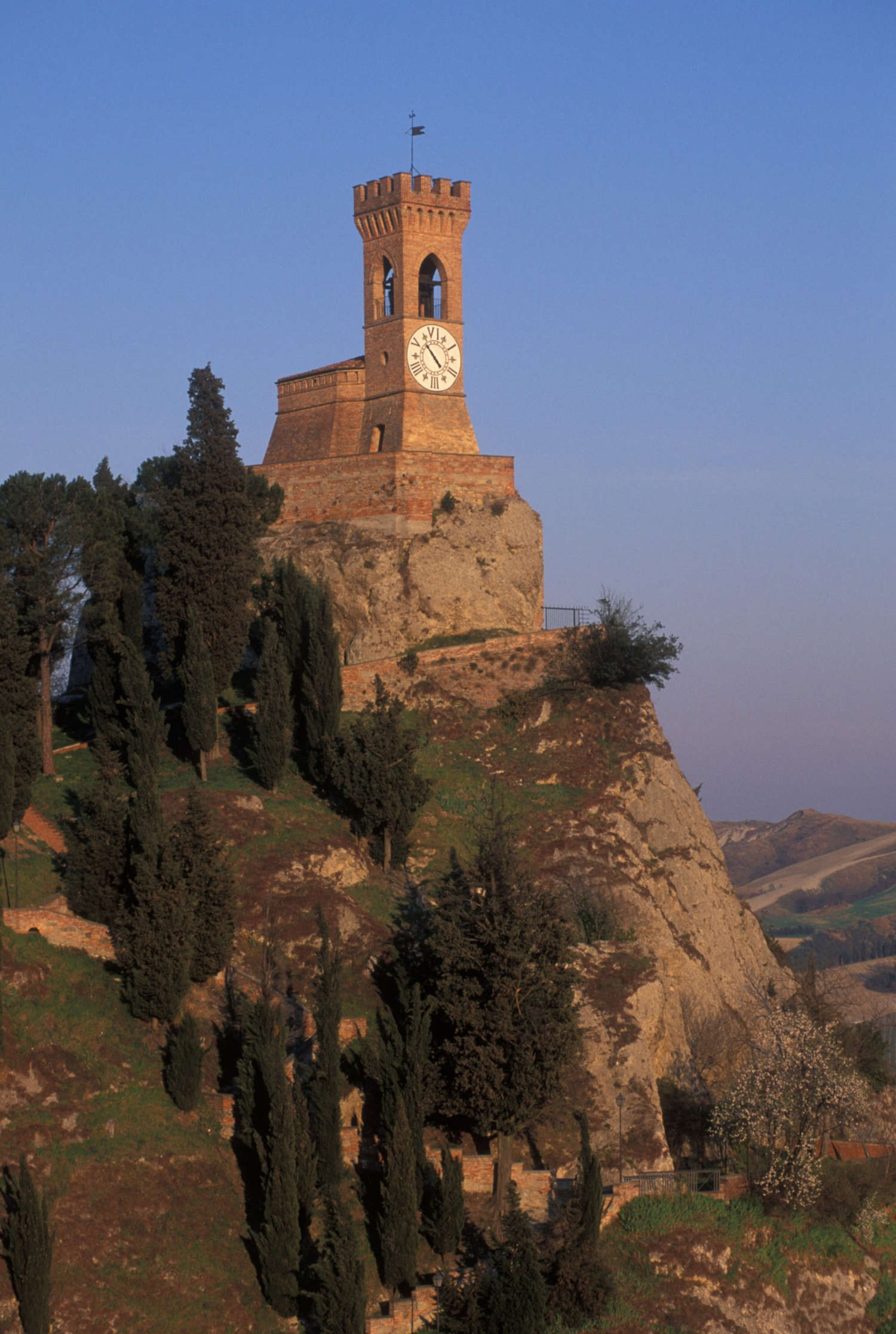
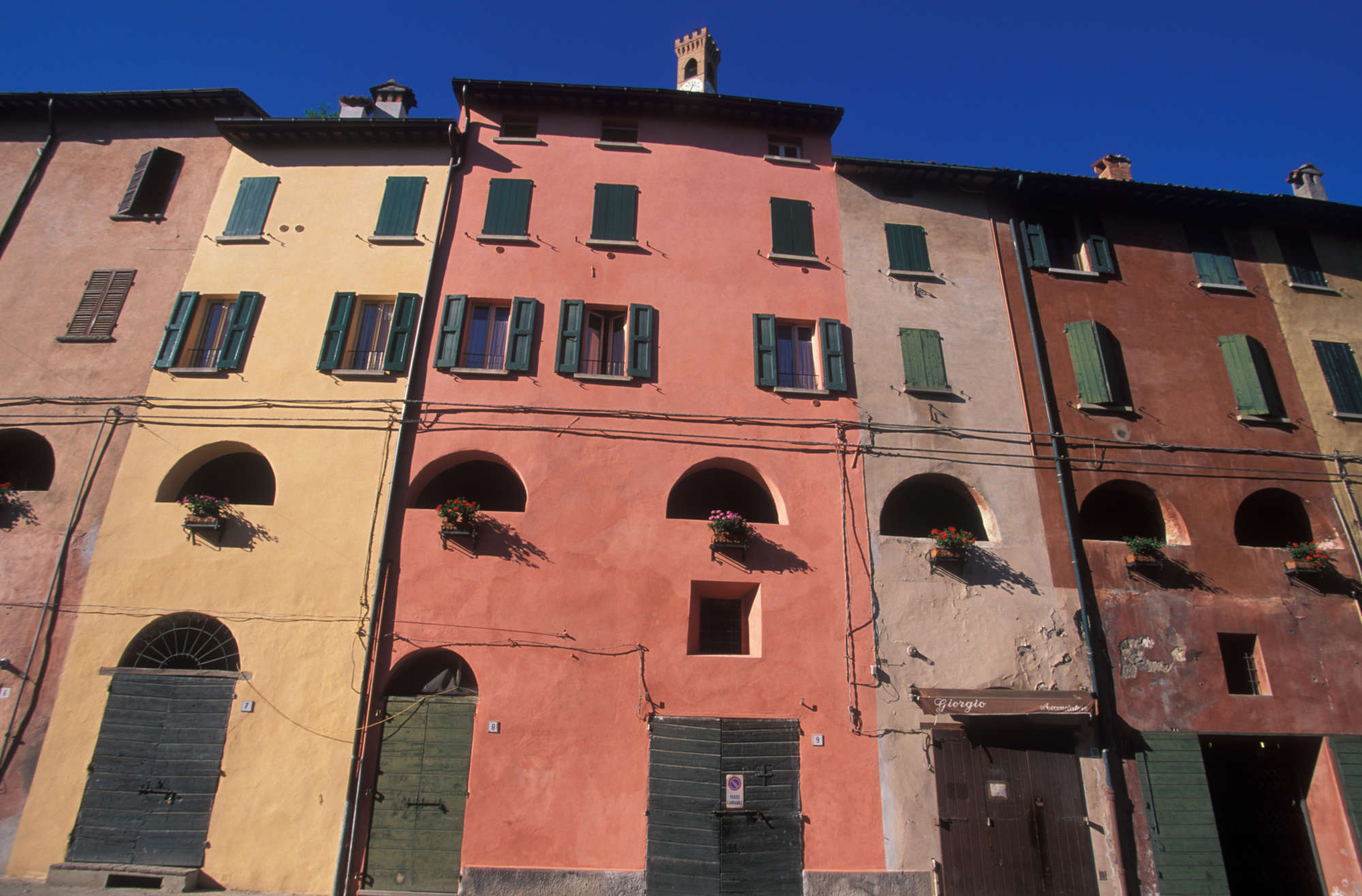
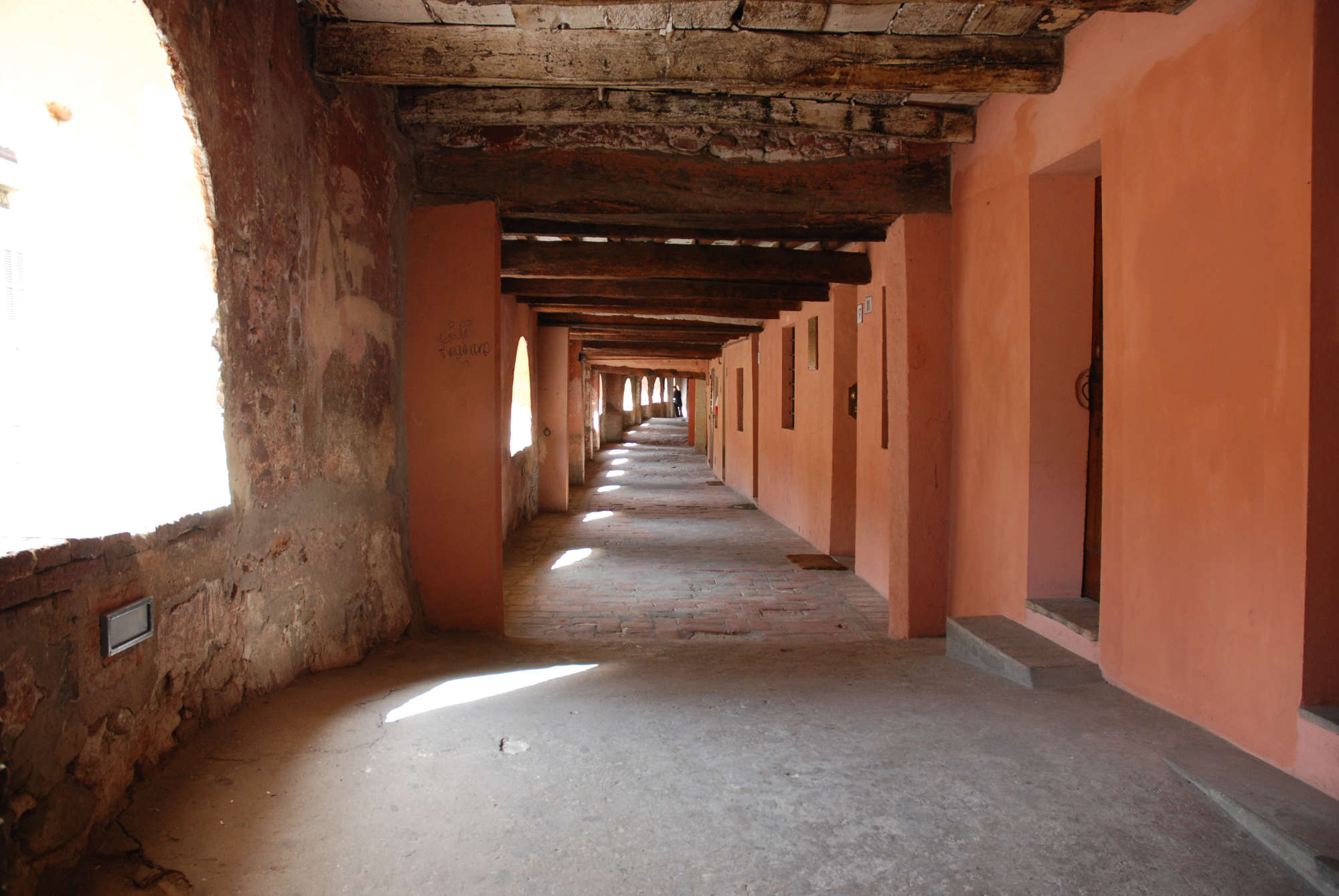
Brisighella is in fact a small town in the province of Ravenna, set on the edge of a majestic chalk quarry that has imprinted its history with marks. Seen from above, the medieval village appears as lying at the foot of three rocky pinnacles, on which, in turn, rest the Rocca, the Clock Tower and the Sanctuary.
From below Brisighella, however, is also a maze of ancient alleys, composed of corners of the ancient city walls and stairs carved in chalk, it is a town that in ancient times was been defended by a small elevated street, incorporated into the houses and which we know by the name "Via degli Asini" , because from here once opened some stables where carters kept donkeys and horses.
After walking along it letting the light filter clear through its tall arched windows, after visiting the fine Ugonia Museum (with its large collection of lithographs by Giuseppe Ugonia and enriched by a work by Guercino) following the undulating profile of the hills, we arrive at its most remarkable monument, the Rocca dei Manfredi, built in the 14th century by those who were the Lords of Faenza.
Repeatedly restored, conquered and enlarged, the Rocca Manfrediana has a history of resistance, to which only occasional moments of domination were alternated, such as that exercised by the State of the Church between 1368 and 1376, by Cesare Borgia in 1550, by the Venetians shortly after, until it was annexed to the Kingdom of Italy in 1860. All its remodeling, architectural and stylistic remodeling are still clearly visible. And a stone's throw from the Manfredi fortress, you can reach the Sanctuary of Monticino, whose small 18th-century church contains an image of the Madonna and Child, patron saint of the Lamone valley.
Brisighella, moreover, also offers other insights and an opportunity to step even further back in time, a geological time that is millions of years in pace, thanks to the presence of its chalky rock.
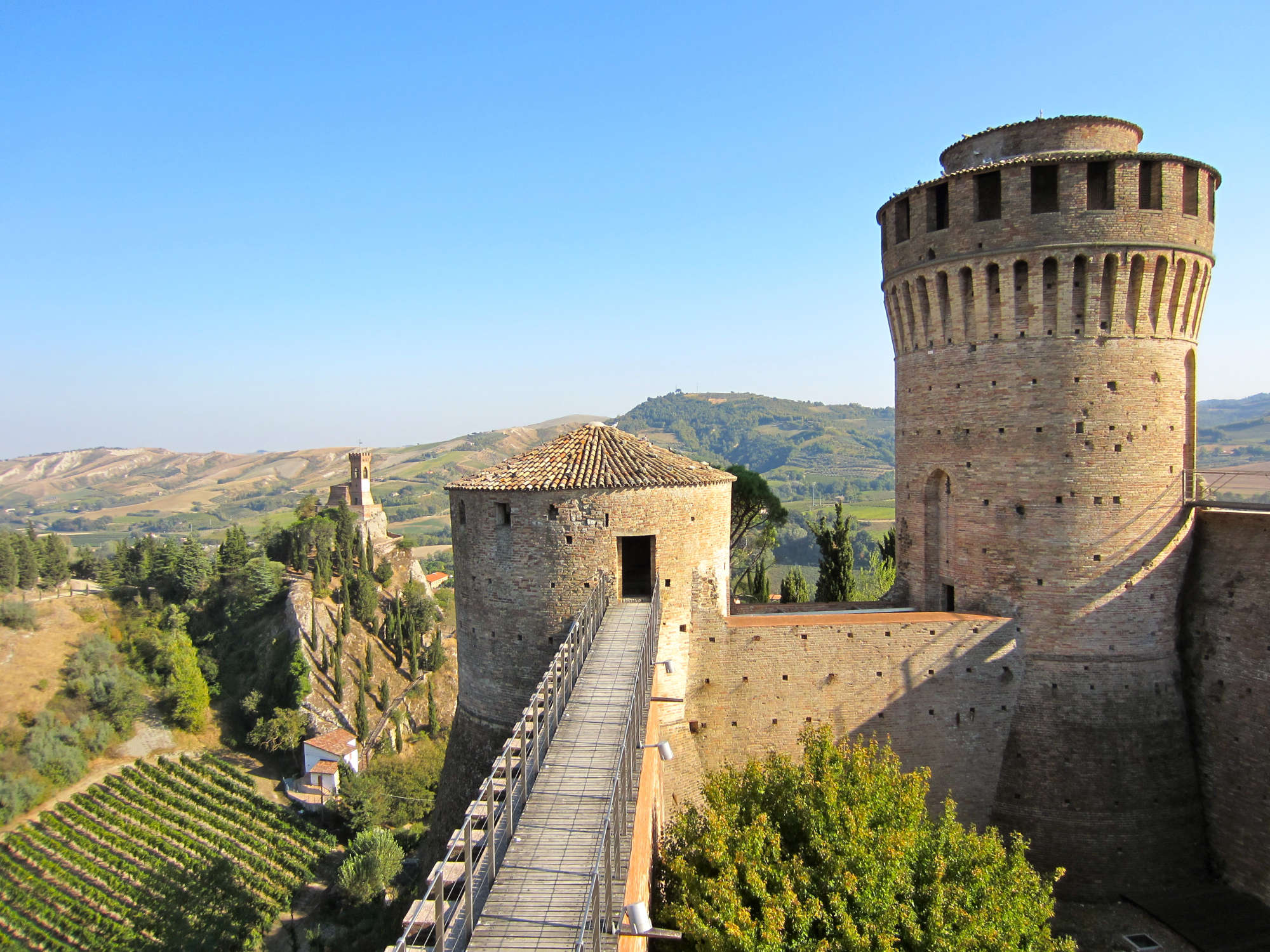
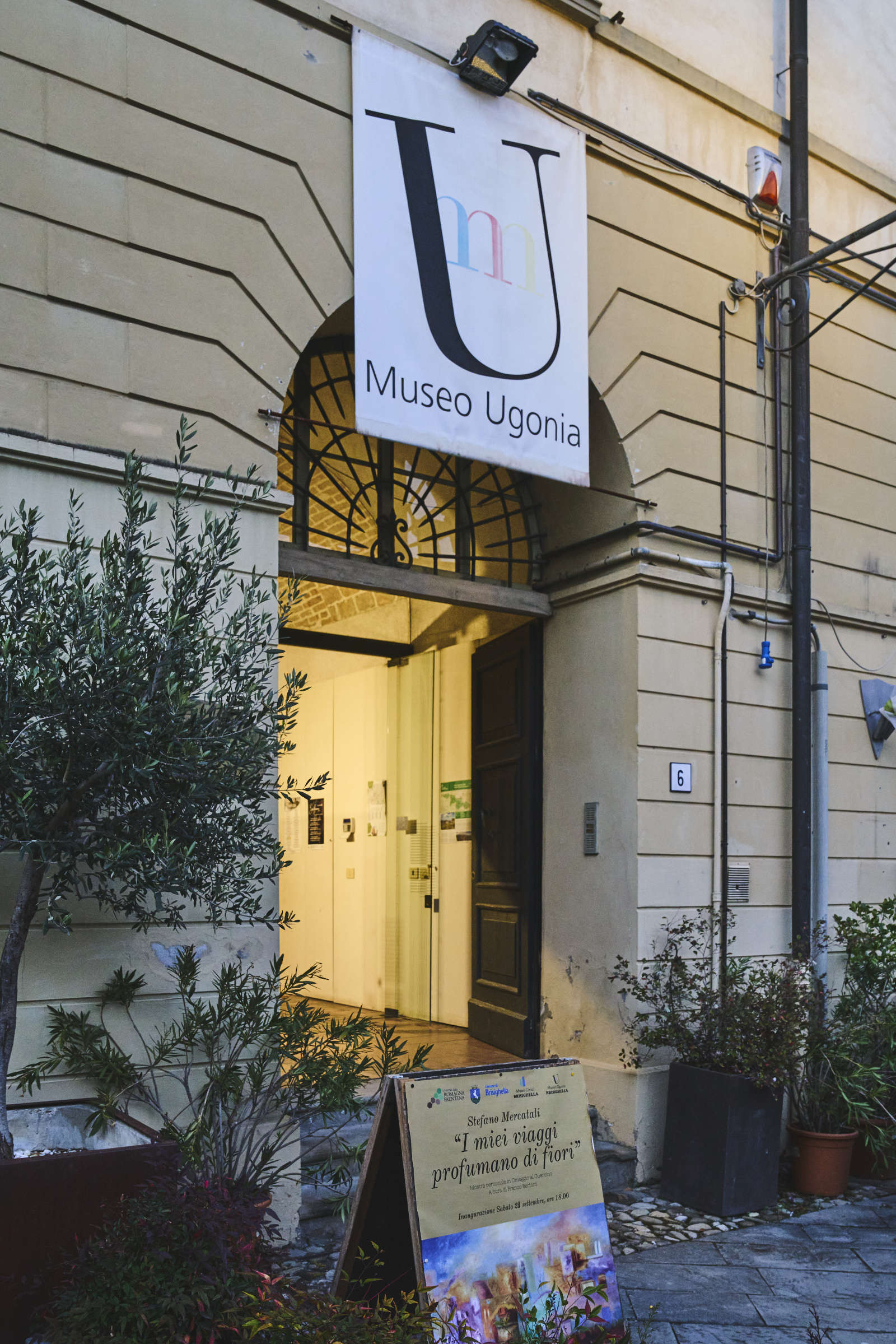
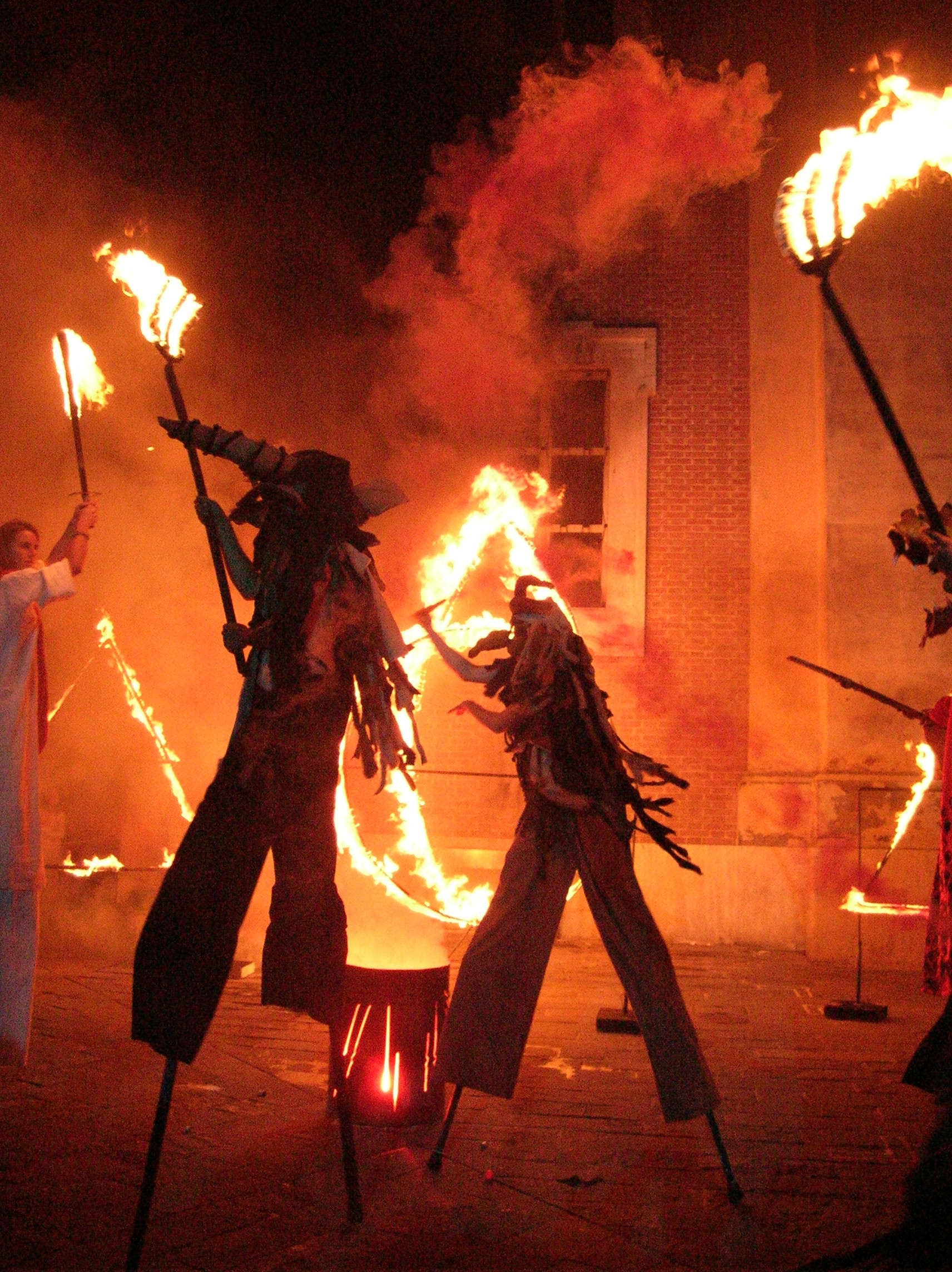
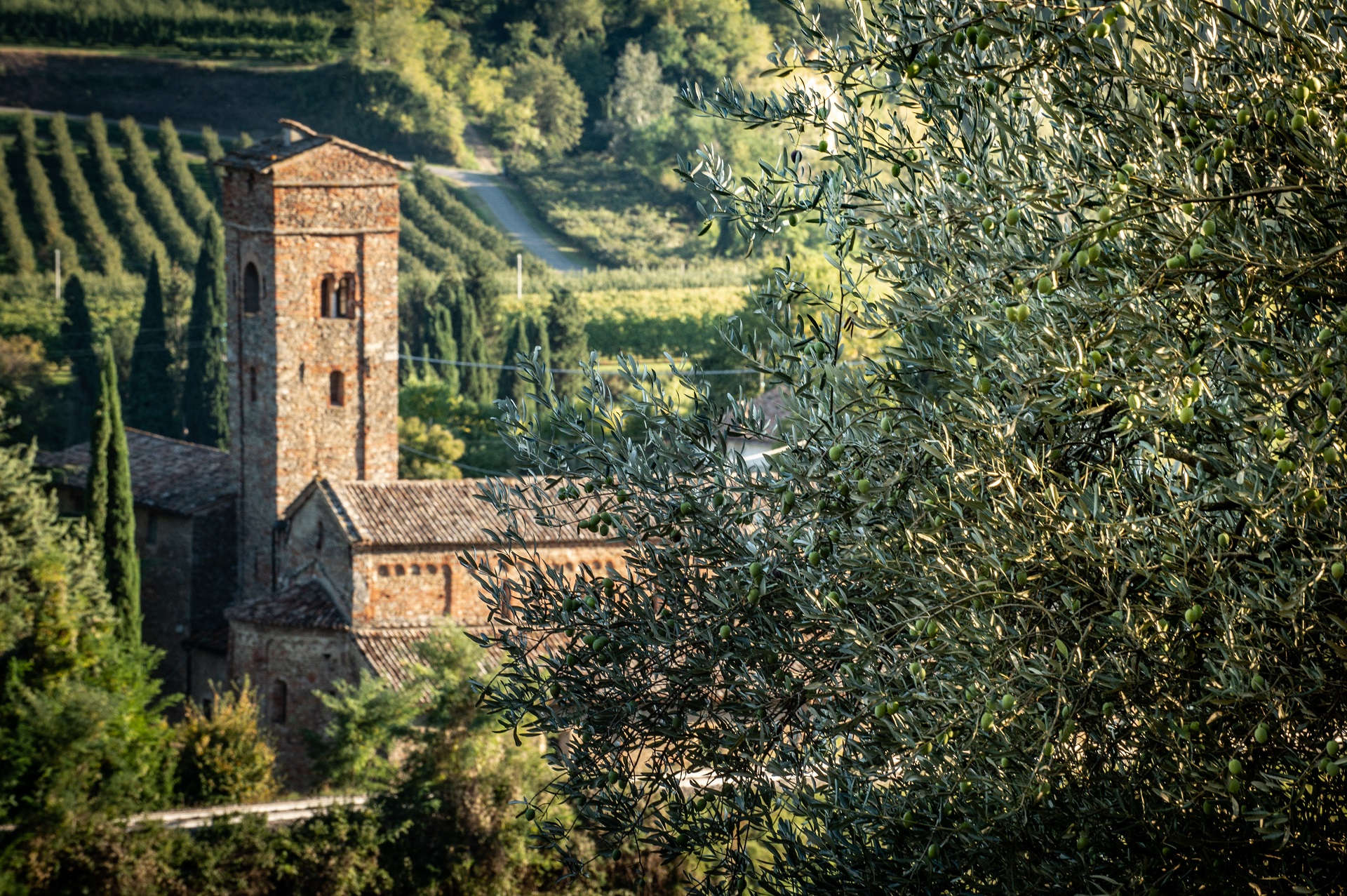
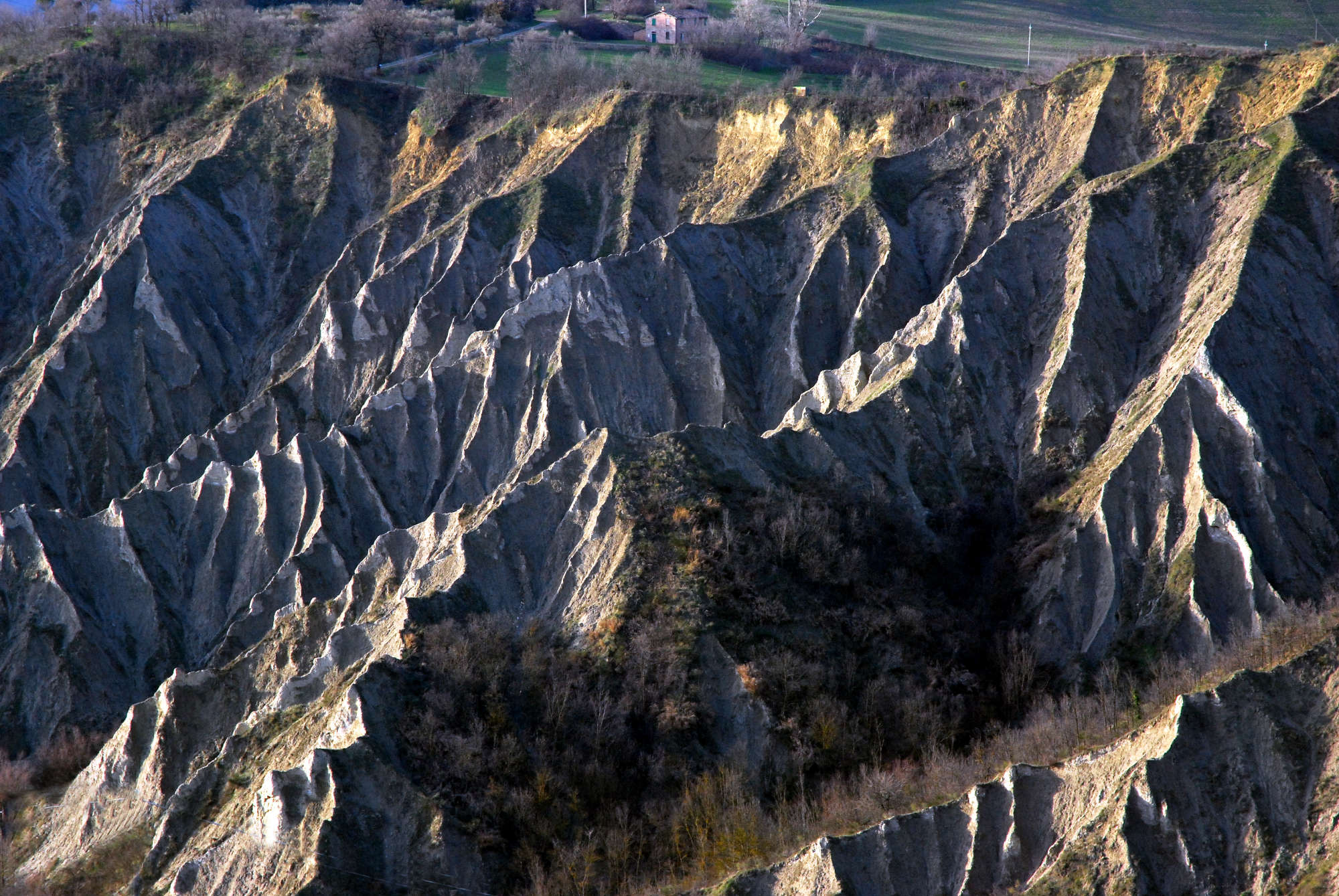
Walking through the outdoor Geological Museum , it is indeed possible to "get lost" along the path of time, to experience the prehistoric age. Built in 2006, along a disused quarry used for gypsum mining, the museum shows a splendid geological section of gypsum rock, the shimmering substance that has sculpted the landscape and the village of Brisighella with a light all its own.
That's why once again it can be said that thanks to the careful protection of its landscape and geographical peculiarities, the respect for the territorial history, all side by side with the exact narrative of its cultural and environmental transformations, the Romagna region does not deny its vocation as a cultural and tourist attractor. Even in hidden or lesser known places, beyond the sea, beyond the many spas, there is a history waiting to be discovered, more quietly, slowly.
Brisighella, though unique, is just one of the places in Romagna where time and tourism flow at two speeds. It is up to those who visit it to choose whether to make it an experience to meet themselves in contact with nature and the history of the place, or to cross it quickly in search of other places, other stories and landscapes.
